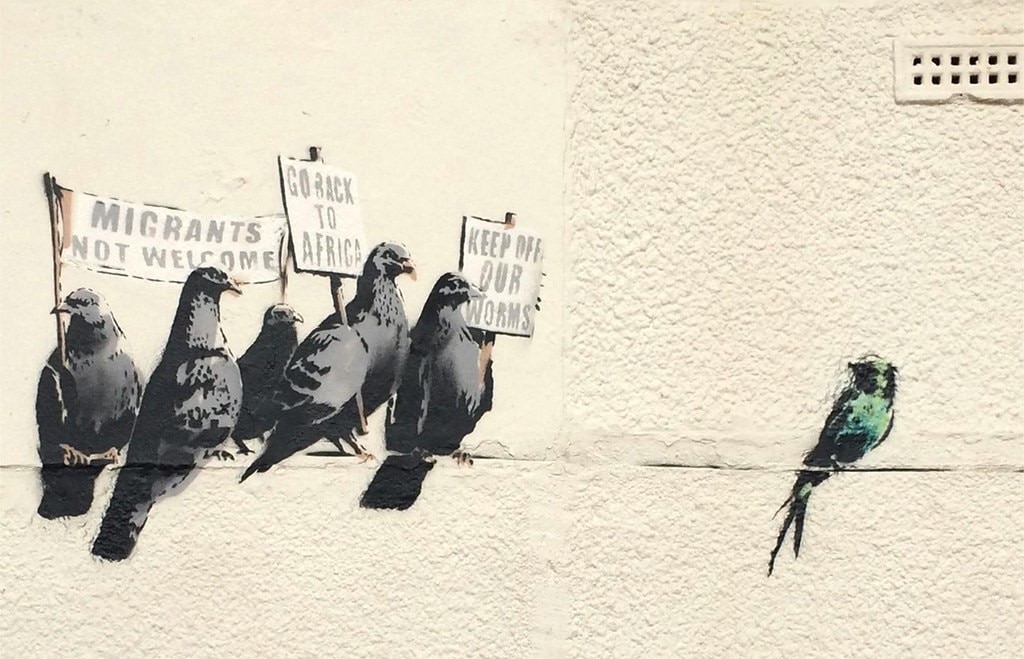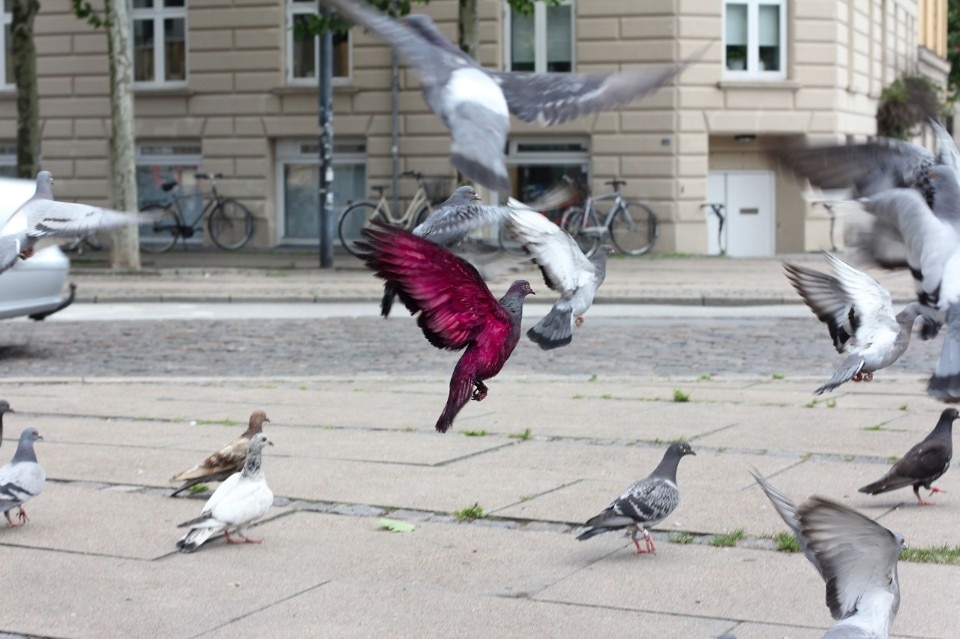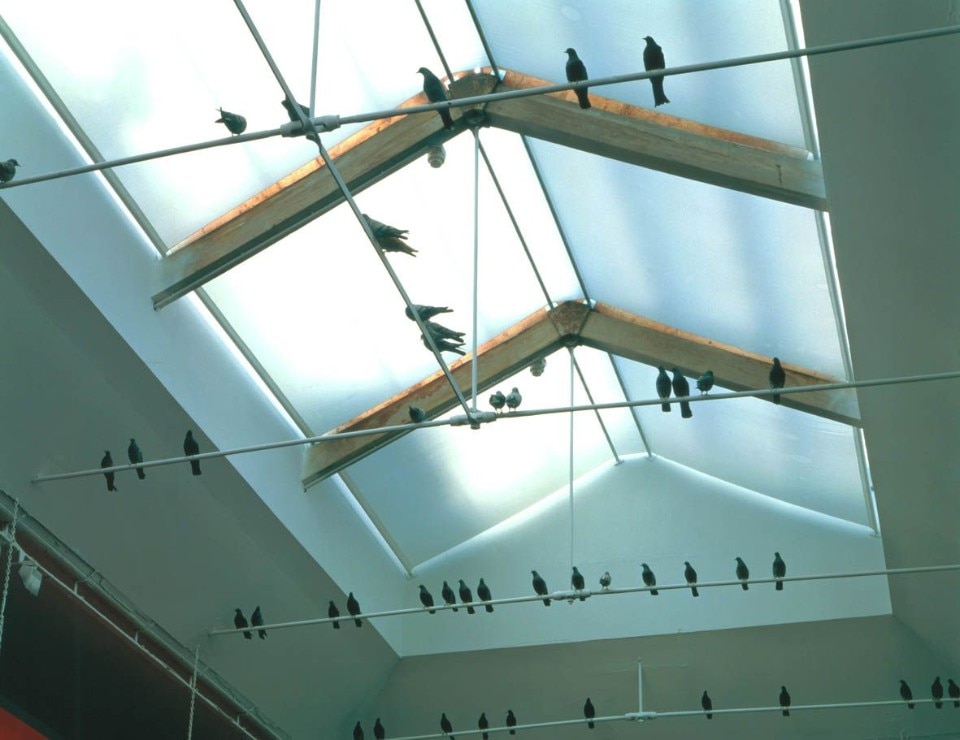They evoke contrasting reactions, and often, in their presence, we bring out the worst in ourselves. Three percent of the population even suffers from a specific phobia—“ornithophobia”—which causes panic, tachycardia, nausea, sweating, and a sensation of suffocation when they are around. And even those who don't suffer from it seem far from enthusiastic.
We are talking about pigeons, the undisputed animal protagonists of our cities.To drive them away, we seem willing to try anything: birth control pills, capture nets, guns, poisons, and deterrent spikes on roofs. We’ve even tried starving them in public squares.Such cruel yet futile attempts only prompt them to display the surprising urban resilience that over time has made them a perfect symbol of contemporary life.
Pigeons as an urban “public enemy”
They are said to carry diseases, although scientifically, they are no more dangerous than other street animals. And then there is that annoyance with their omnipresence, because—let’s be honest—pigeons seem to be everywhere: they fill the squares, challenging our sense of control; they move in flocks, undermining our anthropocentric beliefs, and not least, their droppings sabotage urban decor and order.
A dangerous public enemy that couldn’t escape the keen eyes of conspiracy theorists. According to the British website "Pigeons Aren't Real," the invasion of fake birds resembling drones used for espionage allegedly began in the United States during the Reagan administration. Flocks of fake birds equipped with cameras, recorders, and wireless antennas are said to constantly monitor us, perched on the railings of our homes.
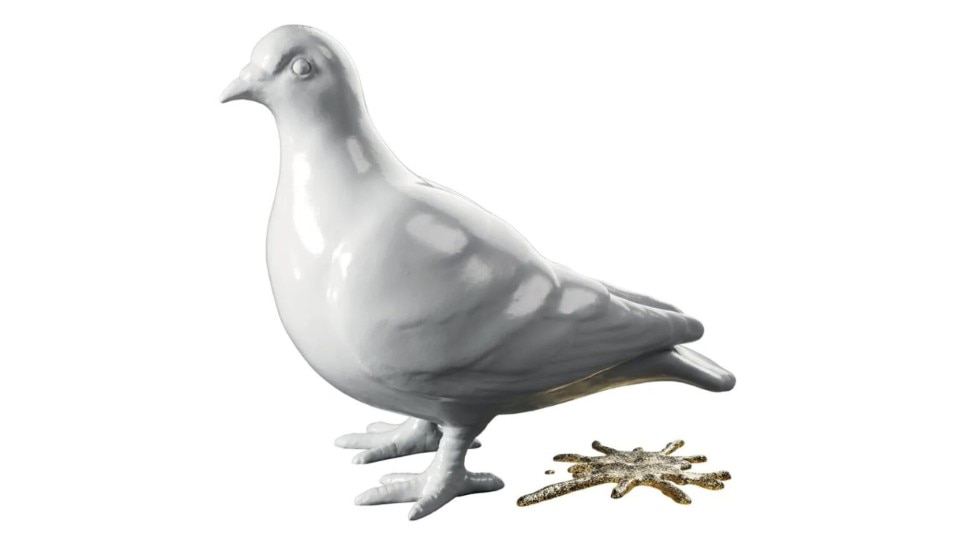
Paranoia has crossed US borders: a pigeon with Chinese writing on its rings was detained in Mumbai for eight months as a suspected spy. It was just a racing pigeon.
Odi et amo
Yet, once upon a time, the pigeon was man’s best friend. It was the first bird species to be domesticated thousands of years ago, improving its memory and adaptability and encouraging its reproduction.
They fill the squares, challenging our sense of control; they move in flocks, undermining our anthropocentric beliefs, and not least, their droppings sabotage urban decor and order.
In short, we brought this upon ourselves, and for a long time, it worked out well for us: throughout history, pigeons have proven to be valuable helpers for various purposes, from communication in wartime, to meat production during famines, to being showcased for aesthetic purposes in avian exhibitions.
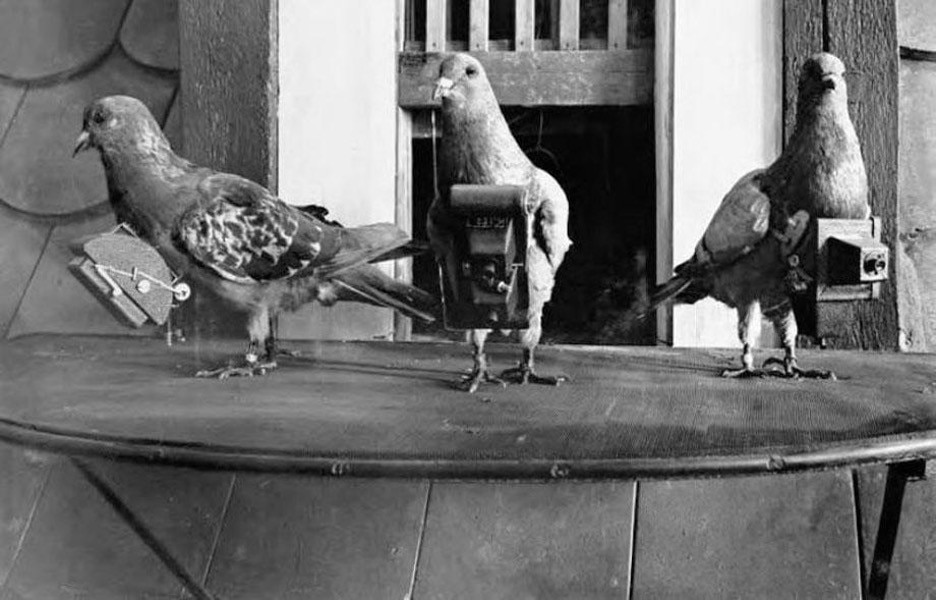
Pigeons also had a significant impact on photography at the beginning of the 20th century, thanks to the idea of the German pharmacist Julius Neubronner, who was the first to try mounting a very small camera on their belly that would automatically take pictures during flight. The results were surprising, so much so that the model was perfected and classified by the Central Intelligence Agency (CIA), anticipating later aerial photography technologies.
From enemy to symbol
Much more than mere birds, pigeons can be seen as a versatile symbol of the contemporary world, raising questions related to current themes such as surveillance, anthropocentrism, migration, and urban culture.
It is no coincidence that they are among the most frequently depicted animals in contemporary art, where their role transcends mere physical presence.
Notable is their appearance at the Venice Biennale in 1997 through Maurizio Cattelan's "Tourists," a display of taxidermied pigeons arranged in a completely natural manner in the space (complete with droppings on the ground). This provocative work not only brought the animals that crowd Piazza San Marco into the prestigious art event but also suggested similarities between them and the "tourists" of art lining up outside the pavilion to see the installation.
Now, the spotlight is on the gigantic hyper-realistic pigeon designed by Colombian artist Iván Argote, set to be installed in New York as part of the High Line 2024 project. "Dinosaur" satirizes the values we elevate to monuments by scaling up the animal to something legendary. A deliberately controversial symbol, it will be placed above the intersection of 10th Avenue and 30th Street, reflecting the migratory identity of most New Yorkers.
These are just two examples from a long list.
Find our selection in the gallery.
Opening image: A Banksy mural that appeared in Clacton-on-Sea in 2014


